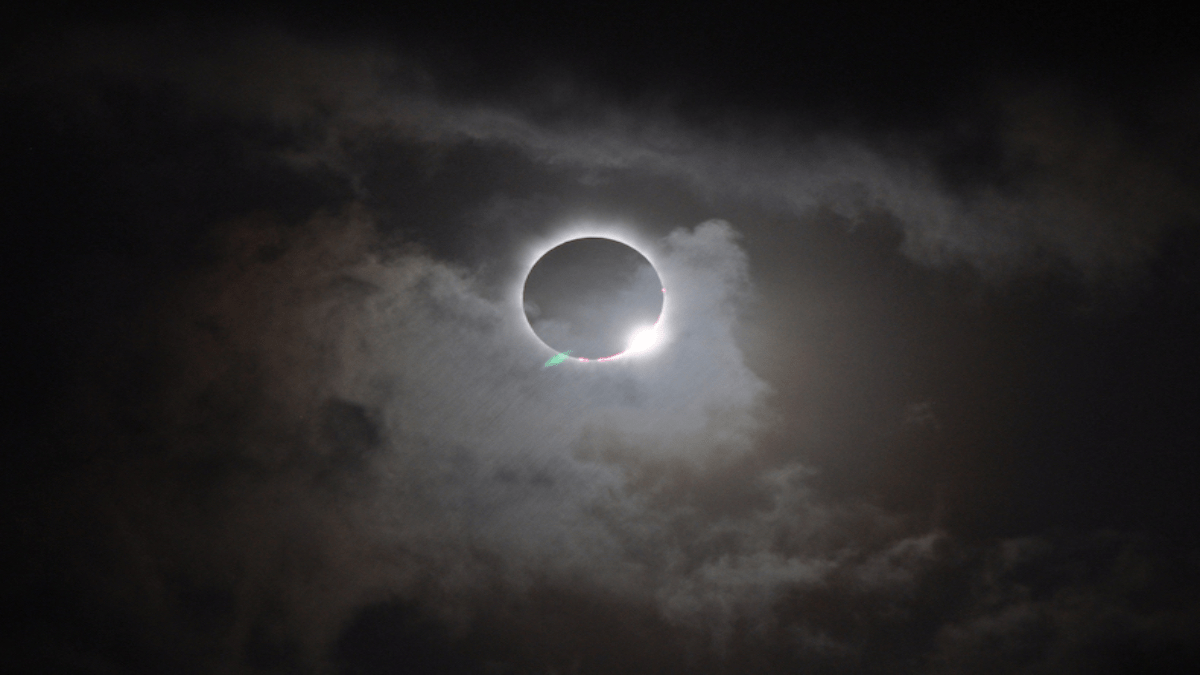
Advertisement
The allure of a solar eclipse, with its striking celestial display, captivates people worldwide. However, amid the fascination of witnessing this rare event, there are risks associated with looking directly at the sun during an eclipse. The human eye is incredibly sensitive to the sun’s intense light, and without proper protection, observing a solar eclipse can lead to serious harm. Understanding the potential consequences of gazing at a solar eclipse is crucial for safeguarding both your vision and overall health.
The Dangers of Solar Retinopathy
One of the most significant risks of looking at a solar eclipse is the potential for solar retinopathy, a condition caused by the sun’s ultraviolet (UV) radiation damaging the retina. The retina is the light-sensitive tissue located at the back of the eye, responsible for transmitting visual information to the brain. When the retina is exposed to intense sunlight, such as during a solar eclipse, the cells can become permanently damaged, leading to vision problems or even permanent vision loss.
Symptoms of solar retinopathy may not be immediately apparent but can manifest shortly after exposure to the sun. These symptoms include blurred or distorted vision, blind spots in the field of view, and changes in color perception. In severe cases, individuals may experience permanent damage to the central vision, making it difficult to read, drive, or perform other daily tasks.
=In addition to the risks posed to the eyes, viewing a solar eclipse without proper eye protection can have other adverse effects on the body. Prolonged exposure to the sun’s UV radiation can lead to sunburn on the skin, particularly on exposed areas such as the face, neck, and arms. Sunburn not only causes discomfort but also increases the risk of skin cancer over time.
Furthermore, the intense brightness of the sun during an eclipse can cause discomfort or temporary blindness, known as solar retinal burns or photokeratitis. This condition occurs when the cornea, the transparent outer layer of the eye, becomes inflamed due to exposure to UV radiation. Symptoms include pain, redness, tearing, and sensitivity to light, which can last for several days before resolving.
Protecting Yourself During a Solar Eclipse: To avoid the risks associated with looking at a solar eclipse, it is crucial to take appropriate precautions to protect your eyes and skin. The safest way to view a solar eclipse is by using specially designed solar viewing glasses or viewers that meet international safety standards. These glasses have filters that block out harmful UV and infrared radiation while allowing safe viewing of the sun.
Alternatively, indirect viewing methods, such as pinhole projectors or solar telescopes with solar filters, can be used to observe the eclipse without looking directly at the sun. These methods project an image of the sun onto a surface, allowing viewers to witness the eclipse safely.
Conclusion: While witnessing a solar eclipse is a remarkable and memorable experience, it is essential to prioritize your health and safety when observing this celestial event. Looking directly at the sun during an eclipse can pose serious risks to your eyes and overall well-being, including solar retinopathy, sunburn, and photokeratitis. By using proper eye protection and following recommended viewing guidelines, you can enjoy the spectacle of a solar eclipse without putting your health at risk. Remember, safeguarding your vision is paramount when it comes to experiencing the wonders of the universe.
